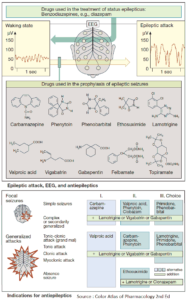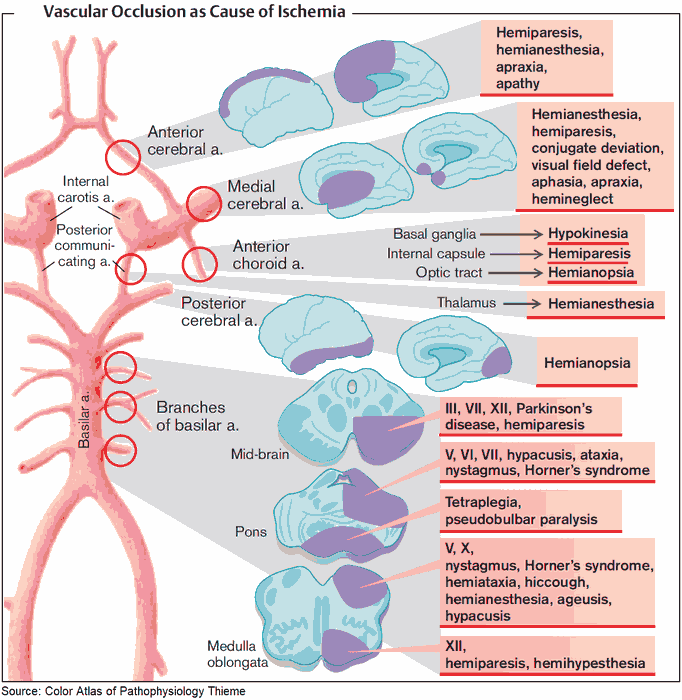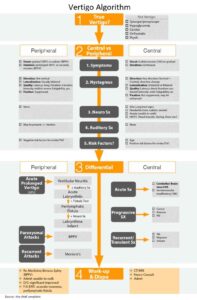Chronic neurodegenerative disorders are characterized by the progressive loss of nerve cells in the brain. This results in a gradual decrease in brain function over a period of time. In this article, we will provide a detailed overview of these conditions and how they are dealt with.
Chronic Neurodegenerative Disorders Include:
Many conditions fall under the category of chronic neurodegenerative disorders. The most common ones are as follows:
Alzheimer’s Disease
This most prevalent form of dementia is related to memory, thinking skills, and personality. Research suggests that over seven million people in the U.S. are likely to have Alzheimer’s. In 2023, it was listed as the seventh highest cause of death in the U.S.
Parkinson’s Disease
Almost a million Americans are living with Parkinson’s disease. This condition causes involuntary movements such as shaking, stiffness, and loss of balance. It occurs because damaged nerve cells impair the production of dopamine.
Amyotrophic Lateral Sclerosis
It is also referred to as Lou Gehrig’s disease. Amyotrophic lateral sclerosis targets motor neurons specifically, which regulate voluntary muscle movement and breathing. It results in muscle weakness and twitching.
Lewy Body Dementia
This type of dementia involves protein clumps called Lewy bodies in the brain. The clumps interfere with brain function, impacting memory, movement, thinking abilities, mood, and behavior. It may start with difficulty in movement or thinking.
Symptoms of Chronic Neurodegenerative Disorders in Patients
In patients, chronic neurodegenerative disorders have the following common symptoms:
Alzheimer’s Disease
One of the earliest symptoms of this degenerative condition is difficulty with memory. Trouble with judgment or difficulty finding the right words is also an early sign of declining cognitive functioning, although memory may remain intact.
Symptoms worsen as the disease advances. Patients may experience increased confusion, behavioral changes, and difficulty performing daily tasks. In late stages, people are unable to communicate and are entirely dependent upon others.
Parkinson’s Disease
Initial signs of Parkinson’s can be subtle and may appear years before noticeable movement issues. These include a diminished sense of smell, constipation, small script, or a softer voice.
Tremors, slow movements, muscle stiffness, and balance issues emerge upon the disease’s progression. Non-motor symptoms such as sleep disturbances, depression, and cognitive impairment are also evident.
Amyotrophic Lateral Sclerosis
Among the early symptoms of amyotrophic lateral sclerosis are muscle twitches, cramps, stiffness, and weakness affecting an arm, leg, or the neck. Slurred speech and difficulty chewing or swallowing are also common.
Muscle weakness increases and extends to the rest of the body as the disease progresses. This results in walking, talking, eating, and breathing difficulties.
Lewy Body Dementia
This condition often starts with movement difficulties. Within a year, thinking and memory problems similar to Alzheimer’s follow.
Hallucinations are also common. Fluctuating alertness, sleep problems, and mood changes, such as depression or anxiety, are other symptoms individuals may experience.
Diagnosis of Chronic Neurodegenerative Disorders
The process of diagnosing includes several important steps, which are:
Medical History and Physical Exam
The procedure always begins with a complete history of the patient and family, along with a physical and neurological examination. Physicians test reflexes, muscle tone, strength, balance, and coordination.
Cognitive and Neuropsychological Testing
Tests on thinking, memory, problem-solving skills, attention, and language are conducted. These tests identify cognitive impairment and can be used to distinguish among various dementias.
Brain Imaging
This provides valuable insights into brain structure and function. Magnetic Resonance Imaging (MRI) and Computed Tomography (CT) scans may identify patterns of atrophy in the brain or eliminate other causes such as tumors or strokes.
Cerebrospinal Fluid (CSF) Analysis can collect CSF to measure protein levels. These include amyloid and tau, linked with Alzheimer’s and dementias with a similar cause. Alpha-synuclein protein aggregates in CSF may help diagnose Parkinson’s and Lewy Body Dementia.
Treatment and Management of Chronic Neurodegenerative Disorders
Currently, there is no cure for most chronic neurodegenerative disorders. So, treatment largely aims to control symptoms, slow the disease’s progression, and boost the patient’s overall quality of life.
Pharmacological Options:
- Parkinson’s disease: Levodopa/carbidopa, dopamine agonists
- Alzheimer’s disease: Cholinesterase inhibitors (donepezil) and NMDA antagonists (memantine)
- Lewy Body Dementia: Cholinesterase inhibitors (donepezil, rivastigmine) and Levodopa
- Amyotrophic Lateral Sclerosis: Riluzole and edaravone
Psychosocial and Mental Health Support
The emotional toll of a chronic, progressive neurological diagnosis is significant.
Patients often experience anxiety, depression, and identity loss. This is why counseling, support groups, and mental health professionals are vital resources for patients. They help individuals cope with emotional changes, manage stress, and provide essential emotional support.
This growing need has influenced the demand for trained counselors with a deep understanding of chronic disease and neurological distress.
This is why professionals are opting for clinical counseling master’s programs. It allows them to specialize in neurocognitive and chronic illness counseling. Many professionals opt for clinical counseling master’s programs online for the flexibility they offer. Online programs allow them to learn at their own pace without pausing their jobs.
According to St. Bonaventure University, these professionals provide care in health centers, hospitals, residential care facilities, and inpatient and outpatient facilities.
Rehabilitation and Supportive Care
Occupational therapy, physical therapy, and speech-language interventions are indispensable. Regular assessments help tailor care as needs evolve.
Non-pharmacologic interventions can significantly delay institutionalization and enhance patient autonomy.
Palliative Care and End-of-Life Planning
In advanced stages, it’s essential to take a palliative approach that focuses on comfort, maintains dignity, and involves strong family support. Key elements of this include advance care directives, control of pain, and combined hospice care.
Research Directions
In the absence of cures, neuroregeneration, stem cell therapy, and gene editing studies promise a brighter future. Advances in biomarkers and imaging also hold out the promise to allow for earlier and more accurate diagnosis.
Meanwhile, integrated care provides the way to go. The ultimate aim is not simply to extend life. Instead, it’s to help persons with chronic progressive neurological conditions live with dignity, comfort, and humanity throughout the disease process.
This article is a guest contribution submitted by a professional healthcare writer and reviewed for accuracy.



